Spain.
Philip III,
100 Escudos 1609,
Segovia.
Unique.
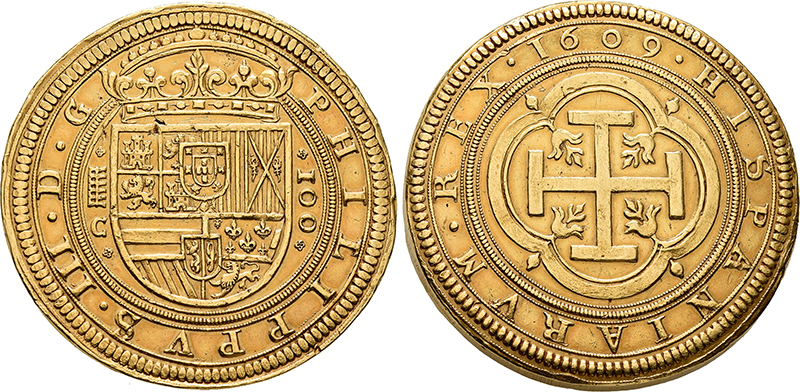

Roman Republic.
Cleopatra VII and Mark Antony,
Tetradrachm 36 BC,
Antioch on the Orontes.
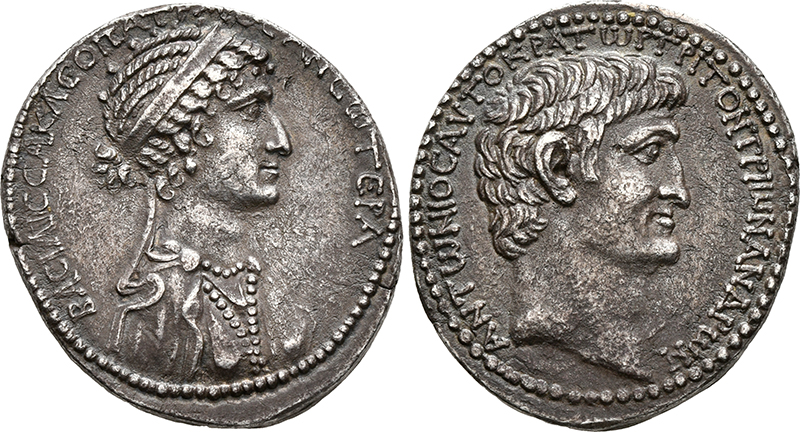
Great Britain.
Henry VII,
Gold Sovereign,
type I, Cross Fitchee, n. d. (1492),
Tower mint.
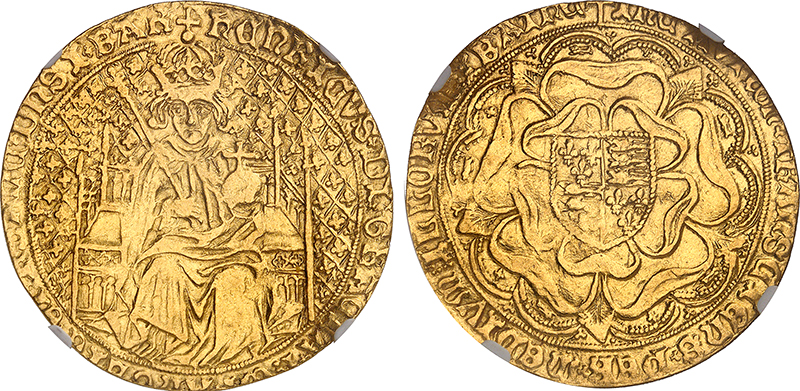
Archive: People and Markets
Bulgaria and the Euro: the Current Situation
The plan was for Bulgaria to become a member of the eurozone by January 2024. However, this timeline will not be met. Find out more about the state of negotiations and the motifs that will be depicted on future Bulgarian euro coins.
Pobjoy Mint to Close Their Doors at the End of the Year
Pobjoy Mint, an icon of Non-Circulating Legal Tender manufacturing have announced they will close their doors. This does not come as a surprise for those who know the market. Ursula Kampmann comments.
Archive: Coins, Medals and more
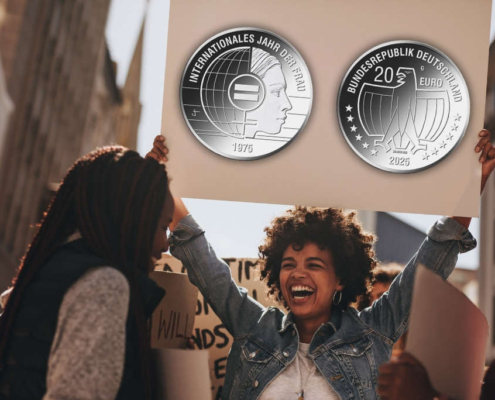
Women on Commemorative Coins: A Long Road to True Equality
Every year, International Women’s Day is celebrated on 8 March—and this week, numismatists also have a reason to celebrate. On 6 March, a German 20-euro coin was issued to mark the 50th anniversary of the International Women’s Year. This coin marks the beginning of a new German commemorative coin series under the theme "Influential Women". But does this mean that women have finally secured their place in the world of numismatics?

Coins and Medals of the Popes: Representatives of the Catholic Church
Since the 16th century, people throughout Europe have collected coins and medals of the popes. Papal issues were often intended to be collectibles rather than a means of payment. Künker presents a little introduction to this fascinating subject.







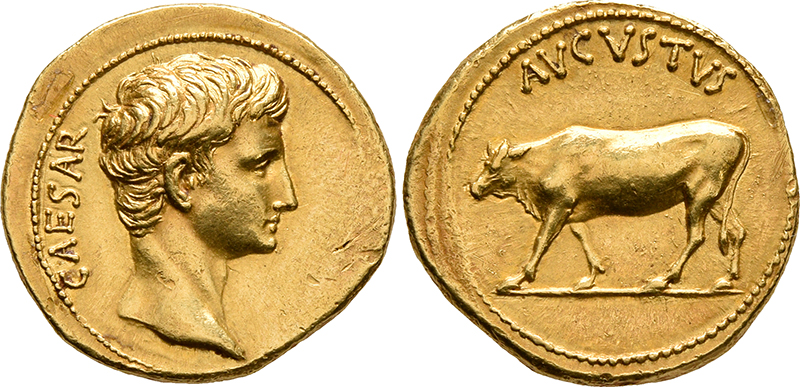
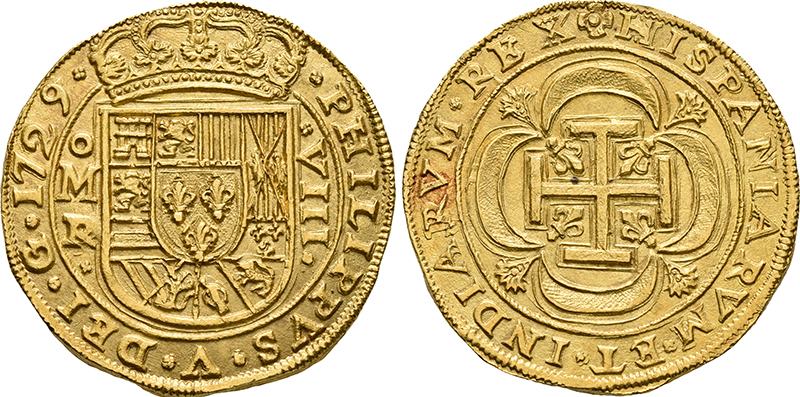
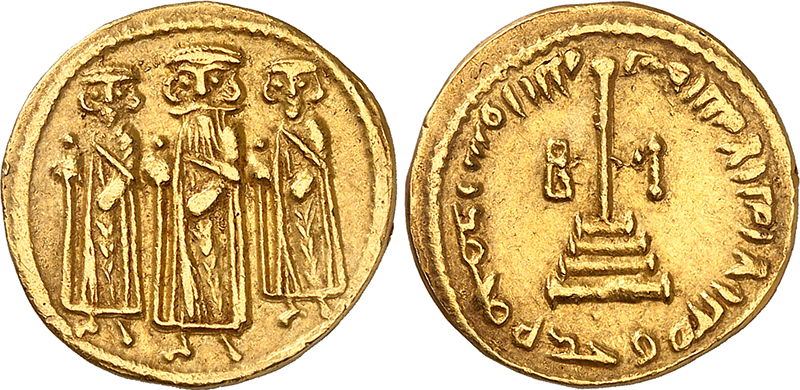
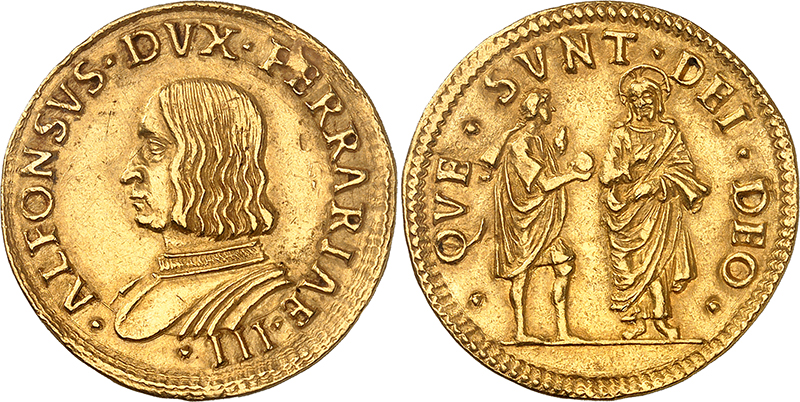
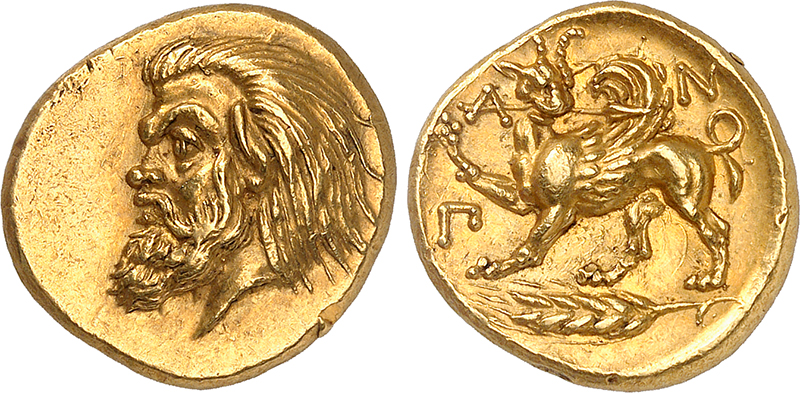
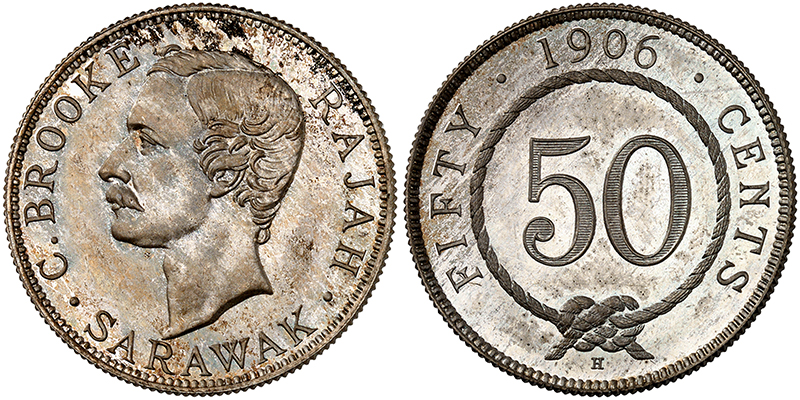
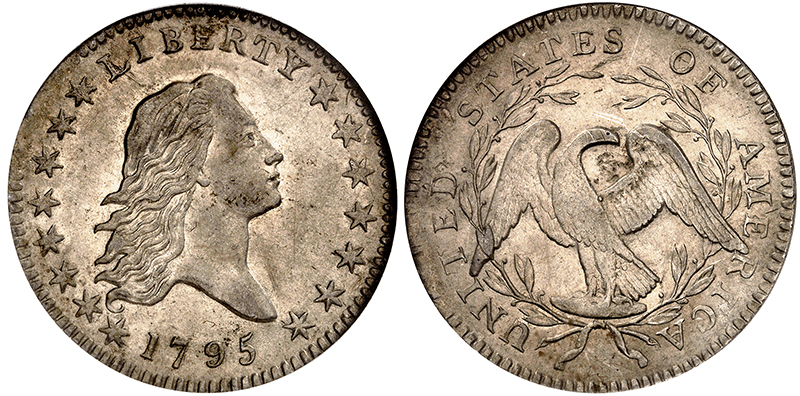
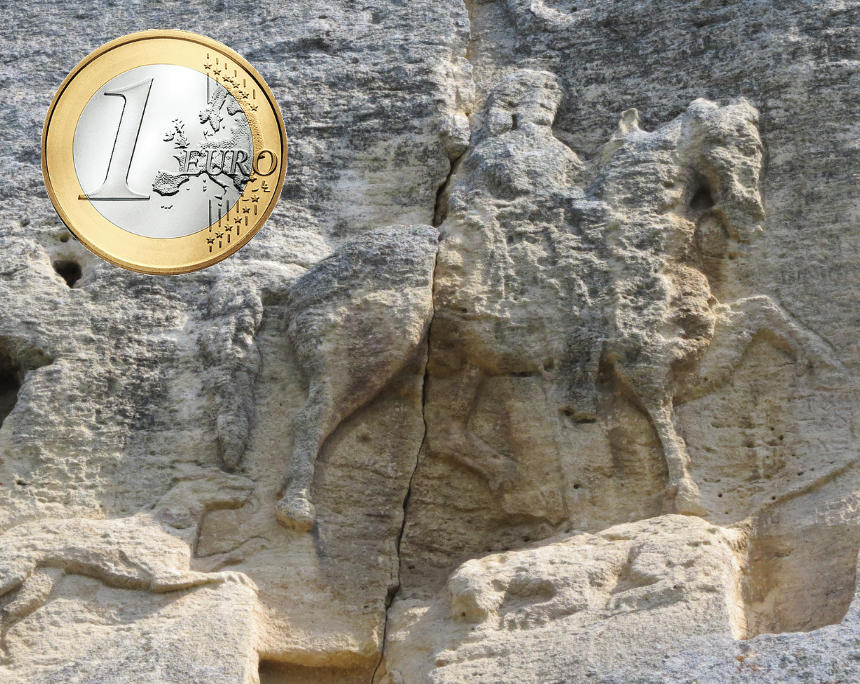
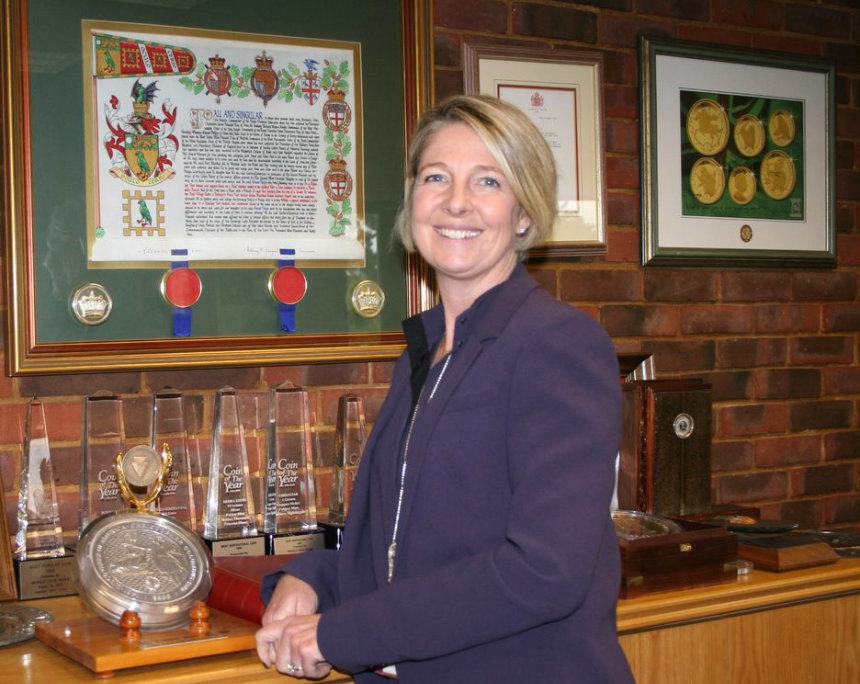

Stack’s Bowers Galleries Opening New Office in Copenhagen
Stack’s Bowers Galleries have opened their newest office in the heart of Copenhagen, Denmark. The team consists of the experienced numismatists Michael Fornitz, Henrik Berndt and Peter Bjørnstrup.
Pobjoy’s Newest Egyptian Gods Coin Features Anubis
On the occasion of the 250th birthday of British Egyptologist Dr Thomas Young, Pobjoy released a brand-new silver coin featuring one of the most iconic gods of ancient Egypt: Anubis.